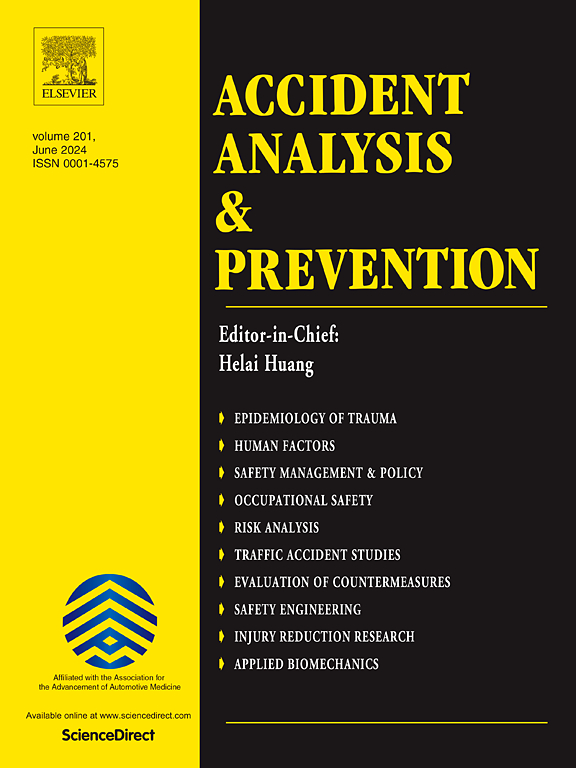System reliability analysis of CRTS III track slab considering multiple failure modes
IF 6.2
1区 工程技术
Q1 ERGONOMICS
引用次数: 0
Abstract
Under train loads, temperature loads, and subgrade deformation, CRTS III track slabs may experience various failure modes such as longitudinal bending, transverse bending, steel yielding, and fatigue damage. To explore the system reliability of CRTS III track slabs under various failure modes, this study is based on analytical expressions and finite-element techniques. The load effects on track slabs were calculated, and the limit state functions corresponding to different failure modes of track slabs were analyzed. To perform series system analysis of various failure modes, and establish dimensionless limit state functions, eight different load combination forms are generated. Reliability considering individual failure modes and system reliability of track slabs are analyzed using the method of moments. Results show that combined load effects in the same direction are more likely to cause track slab failure. For instance, under the combined action of negative temperature gradient and subgrade settlement, the reliability of longitudinal bending is β = −0.2536, which is seriously unsatisfactory for meeting safety requirements. Conducting an independent analysis of individual failure modes would overestimate the reliability of track slabs, thus emphasizing the necessity of analyzing the system reliability of the track slabs.
考虑多种失效模式的CRTS III型轨道板系统可靠性分析
在列车荷载、温度荷载和路基变形作用下,CRTS III型轨道板可能经历纵向弯曲、横向弯曲、钢筋屈服和疲劳损伤等多种破坏模式。为了探讨CRTS III型轨道板在各种失效模式下的系统可靠性,本研究基于解析表达式和有限元技术。计算了荷载对轨道板的影响,分析了轨道板不同破坏模式下的极限状态函数。为了对各种失效模式进行串联系统分析,建立无因次极限状态函数,生成了8种不同的荷载组合形式。采用矩量法分析了轨道板考虑单个失效模式的可靠性和系统可靠性。结果表明,同一方向的复合荷载作用更容易引起轨道板破坏。例如,在负温度梯度和路基沉降的共同作用下,纵向弯曲可靠度为β = - 0.2536,严重不能满足安全要求。单独分析单个失效模式会高估轨道板的可靠性,从而强调分析轨道板系统可靠性的必要性。
本文章由计算机程序翻译,如有差异,请以英文原文为准。
求助全文
约1分钟内获得全文
求助全文
来源期刊

Accident; analysis and prevention
Multiple-
CiteScore
11.90
自引率
16.90%
发文量
264
审稿时长
48 days
期刊介绍:
Accident Analysis & Prevention provides wide coverage of the general areas relating to accidental injury and damage, including the pre-injury and immediate post-injury phases. Published papers deal with medical, legal, economic, educational, behavioral, theoretical or empirical aspects of transportation accidents, as well as with accidents at other sites. Selected topics within the scope of the Journal may include: studies of human, environmental and vehicular factors influencing the occurrence, type and severity of accidents and injury; the design, implementation and evaluation of countermeasures; biomechanics of impact and human tolerance limits to injury; modelling and statistical analysis of accident data; policy, planning and decision-making in safety.
 求助内容:
求助内容: 应助结果提醒方式:
应助结果提醒方式:


